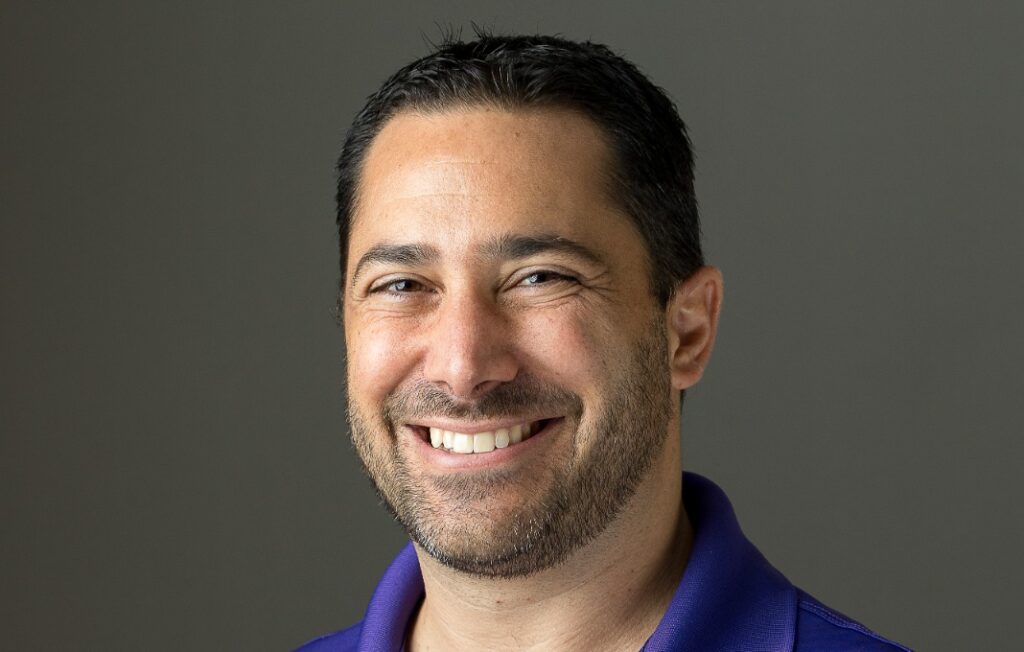Grief might look like a harmless bystander, but it’s not only testing your employees, it’s testing your leadership. We all experience challenging life disruptions and painful personal losses, but grief doesn’t happen in a self-contained bubble. It’s inextricably intertwined with all areas of life including work. Left unchecked, it can wreak havoc on employee well-being, workplace culture and corporate financial health.
More than four million Americans grieve the death of a loved one each year and many more grieve other life-altering disruptions like divorce, caring for an aging loved one, natural disaster, miscarriage, personal illness and injury.
Grief doesn’t end following the average three or four-day bereavement leave, nor does it squirrel itself away into a box when we walk into the office. Among the ways it can interfere with work, grief affects an employee’s ability to think clearly, make decisions and perform at previous levels of capacity.
Many leaders want to offer support, but they feel awkward and ill-equipped, so they say little or nothing at all. Others treat grief as a strictly personal matter that doesn’t involve the team or the company. They do so at their own risk.
Mishandled or ignored grief in the workplace not only alienates employees, it costs companies billions of dollars in lost productivity, on-the-job errors and turnover. It hurts employee morale and undermines employee engagement and retention.
The cost of grief on corporate America is profound.
- Absenteeism. Unsupported grief results in an estimated 30 lost workdays each year, costing corporations$225.8 billion annually. (Grief Recovery Institute)
- Lost productivity. Productivity is slashed by 1/3 or more when an employee is present but not engaged. Between reduced productivity and on-the-job errors, researchers estimate presenteeism costs employers 10 times more than absenteeism. (Harvard Business Review; Global Corporate Challenge Insights Report)
- Turnover. More than half of grieving employees plan to leave jobs where they feel unsupported. (National Council for Palliative Care and Dying Matters)
How much is at stake for your company? To answer that question, try out our free Grief Forecast™ tool, which uses an innovative calculator to determine in seconds how much unsupported grief will cost an individual company.
By computing the number of employees you have in your organization and the average salary, the Grief Forecast delivers a custom estimate of how much annual revenue is at stake.
After you run your numbers, you may wonder, what now? The good news is you don’t need to be a grief expert to effectively support a grieving employee.
Create a practical, thoughtful strategy. Workplace teams have the ability to become an important part of an employee’s healing journey so that businesses can continue to prosper after an employee experiences a life disruption. The many executives, HR leaders and teams we partner with seek guidance about how to reintegrate an employee back to work when they return from bereavement leave without appearing insensitive.
The key is to strike a delicate balance between head and heart-based support. This ensures you’re delivering practical support that aligns with your company’s policies and benefits without losing your humanity in the process.
Say something. When an employee is grieving, it’s critical that you acknowledge their grief. We’ve spoken to numerous employees who have experienced crushing personal losses only to come to work and have their supervisors and colleagues pretend nothing happened. Ignoring an employee’s grief contributes to a sense of isolation, distrust and disconnect from the team. Eventually, they leave their jobs.
Some employers worry about saying the wrong thing and causing their employee further distress. You might say, “I don’t know what to say, but please know I care. I’m here whenever you’d like to talk.”
Know what not to say. Avoid religious statements if you are unsure of your employee’s belief system and any sentence that begins with “at least,” like, “At least your mom is in a better place.”
Also, avoid the trap of well-intentioned but vague comments like, “Take as much time as you need.” This is a confusing statement since few employees are in the financial position to take extended unpaid time off—and do you really want your employee to disappear for an unspecified amount of time?
Listen. Grief temporarily rewires the brain causing forgetfulness, brain fog and trouble concentrating for long periods of time. Set aside time to check in with your employee.
Ask your employee questions to determine how you and your team can provide support. Assess their current capacity and temporarily reassign projects as necessary. Does your employee need a more flexible schedule for the time being? Is a hybrid work arrangement a practical alternative? Would it help to make a conference room available when they need to make a private phone call?
Take meaningful actions. Grief isn’t something we move through, and it’s over. It ebbs and flows.
Plan a series of meaningful actions over a period of time. For example, if you have a stressed employee who is trying to balance work with the responsibilities of caring for an aging parent, their manager might refer them to the company’s employee assistance plan for counseling. They shouldn’t stop there. Organize a meal train, deliver a gift card and find ways to thoughtfully acknowledge difficult anniversaries.
Identify a strategic leadership solution. Successful companies are built by humans who connect, collaborate and feel a sense of belonging. We created the Human Recovery Platform™ to provide leaders with the strategic communication solutions and actions they need to effectively strengthen long-term employee engagement, retention and productivity.
As leaders, we can’t afford to respond to employee life disruptions on a wing and a prayer. Without a strategy, communication mistakes and misunderstandings can happen and morale suffers. By leading with a balance of thoughtful, practical initiatives, leadership teams establish respect and trust during a critical and stressful time.
According to Business Solver’s 2021 State of Workplace Empathy, 92 percent of employees say they are more likely to stay with an empathetic employer. By effectively reintegrating a life-disrupted employee back into the team, you’ll be an important part of their recovery and be rewarded with stronger retention and a more engaged, high-performing team now and into the future.







